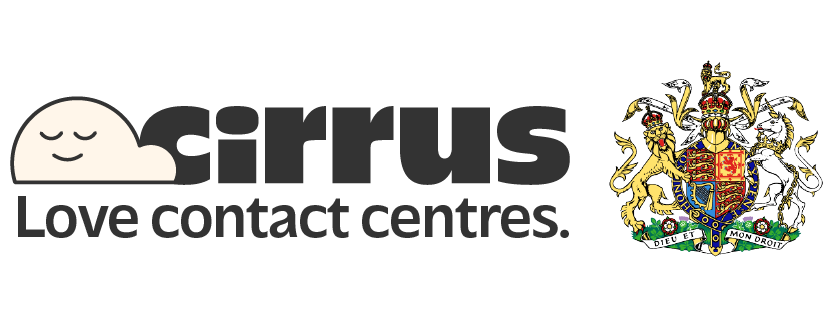What is journey mapping?
Journey mapping is a visual tool that shows the steps a customer takes when dealing with your business. It helps you understand their experience, needs, and challenges at each stage. By mapping this journey, businesses can improve services, fix issues, and build stronger connections with customers.
This guide explains what journey mapping is, why it matters, and how to use it effectively across digital and offline channels. It is also a key part of human-centred design, offering a structured way to enhance the buying experience.
Understanding customer journey mapping
Customer journey mapping is the process of visually outlining the path a customer takes when interacting with your business, from first contact to after-sales engagement. It focuses on customer emotions, behaviours, and needs across different channels.
The aim is to improve the overall experience, not just fix individual issues. In an omni-channel setup, for example, journey mapping helps check if the service quality is consistent across platforms like email, phone, and chat. Experience maps go a step further by showing environmental and emotional triggers to offer deeper insights into customer behaviour.
Key elements of a customer journey map
A journey map brings together various aspects of a customer’s experience. The most effective ones include:
- Stages: these are the phases customers move through, such as awareness, consideration, decision, onboarding, and retention.
- Touchpoints: specific points of interaction between the customer and your business. This could be a phone call, a website visit, an in-app chat, or visiting a store.
- Customer actions: what the customer does at each stage, such as reading reviews, signing up, or reaching out to support.
- Thoughts and emotions: captures how the customer feels at each touchpoint. Are they confused, confident, frustrated, or satisfied?
- Internal processes: the behind-the-scenes workflows or tools supporting that interaction, including CRM systems and agent assistance tools.
These elements contribute to a deeper understanding of the entire customer experience and support more informed decisions across internal teams. A well-structured customer journey map template can make this process more efficient.
Benefits of customer journey mapping
When done right, journey mapping offers real value. Some of the key benefits include:
- Better decision-making: It provides clear data and insight to guide product, service, and process improvements. These decisions are often based on a mix of customer feedback, customer surveys, and behavioural data.
- Improved customer experience: By identifying pain points, businesses can fix what causes delays or confusion and create more positive interactions.
- Stronger collaboration: Different departments can align around a shared understanding of the customer journey stages.
- Efficient service delivery: With support from tools like AI-powered agent support, customer queries can be resolved faster.
- Higher customer loyalty: A smoother experience often leads to repeat business and stronger brand trust.
The benefits of customer journey mapping extend to design thinking and human-centred design practices. It allows product teams, support staff, and design teams to make better use of data-driven decision-making and increase customer retention.
How to create a customer journey map: step-by-step process
Step 1: Set clear goals
Start by deciding what you want to improve: onboarding, payment flow, or the overall buying journey. Linking the map to your business goals keeps it focused.
Step 2: Build customer personas
Create profiles that represent different customer types. Each user persona should include behaviours, goals, and challenges. Use empathy maps or Voice of Customer data for more depth.
Step 3: List all customer interactions
Identify every way a customer might engage with your business. These touchpoints could include ads, website visits, customer service calls, or app usage.
Step 4: Collect customer insights
Use interviews, social media listening, and analytics to track how customers behave at each stage. This helps you understand the current state of the customer journey.
Step 5: Highlight emotions and friction points
Mark emotional highs and sad moments throughout the journey. If many users drop off during checkout, there’s likely confusion or delay worth fixing.
Step 6: Overlay internal workflows
Include steps your team takes behind the scenes, such as agent routing or workforce optimisation, to see if those actions support or hinder the journey.
Step 7: Create the visual map
Turn your insights into a visual design using a customer journey map template or flowchart. This helps teams see the full path clearly and discuss improvements.
Step 8: Take action and review
Use the map to guide design efforts and operational changes. Apply the changes, monitor their effect, and make regular updates to reflect evolving customer behaviours.
Types of journey maps and when to use them
There is no one-size-fits-all journey map. Businesses may use different types based on their goals and customer segment:
- Current-state maps: show what the experience looks like today. Useful for spotting problems and planning fixes.
- Future-state maps: imagine what the ideal customer journey could be. Helpful for setting business strategy and design efforts.
- Day-in-the-life maps: capture a customer’s full routine, not just interactions with your brand. Offers a broader context for design decisions and understanding potential customers.
- Service blueprints: combine customer actions with internal systems and staff processes. Often used to improve operational efficiency and align with design teams.
Choosing the right map depends on the target persona and what stage of the buying journey or purchase funnel you are analysing.
Practical tips to improve the customer journey
Even the best journey maps need regular reviews. Here are a few suggestions:
- Use technology wisely: solutions like an AI-enabled contact centre or Microsoft Teams integration can streamline communication across additional touchpoints.
- Support accessibility: make sure your journey works for everyone, including those with disabilities. Learn more about accessibility in design.
- Keep payment steps clear: confusing checkout steps can hurt conversion rates. Integrating secure payments increases trust.
- Tailor maps by industry: the journey for retail differs from higher education, government and healthcare. Build maps that reflect the needs of each customer base.
- Listen to your team: customer service representatives and product teams often know where issues arise. Involving them leads to a more accurate current journey.
- Keep it visual and usable: a cluttered map doesn’t help anyone. Use a simple layout that clearly shows each step over time. Consider using a customer journey map example for reference or training sessions.
- Focus on the post-purchase phase: the customer journey doesn’t end at checkout. A life map or advocacy stage analysis helps in creating positive interactions after the purchase decision.
Conclusion
Journey mapping is more than a tool. It is a method for building a deeper understanding of customer behaviours and designing for real customer needs. By analysing the buying process from awareness to advocacy, teams can support more positive interactions and improve outcomes for both customers and the business. It also plays a vital role in understanding key steps in the customer journey and improving user experience across platforms.
Whether you’re working in BPOs, housing, or not-for-profit organisations, journey maps help align your efforts around a shared customer vision.
To see how journey mapping fits your goals, request a demo and begin building journeys that truly support your target audience.
Your Contact Centre, Your Way
This is about you. Your customers, your team, and the service you want to deliver. If you’re ready to take your contact centre from good to extraordinary, get in touch today.


